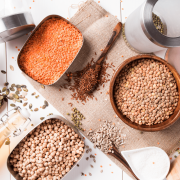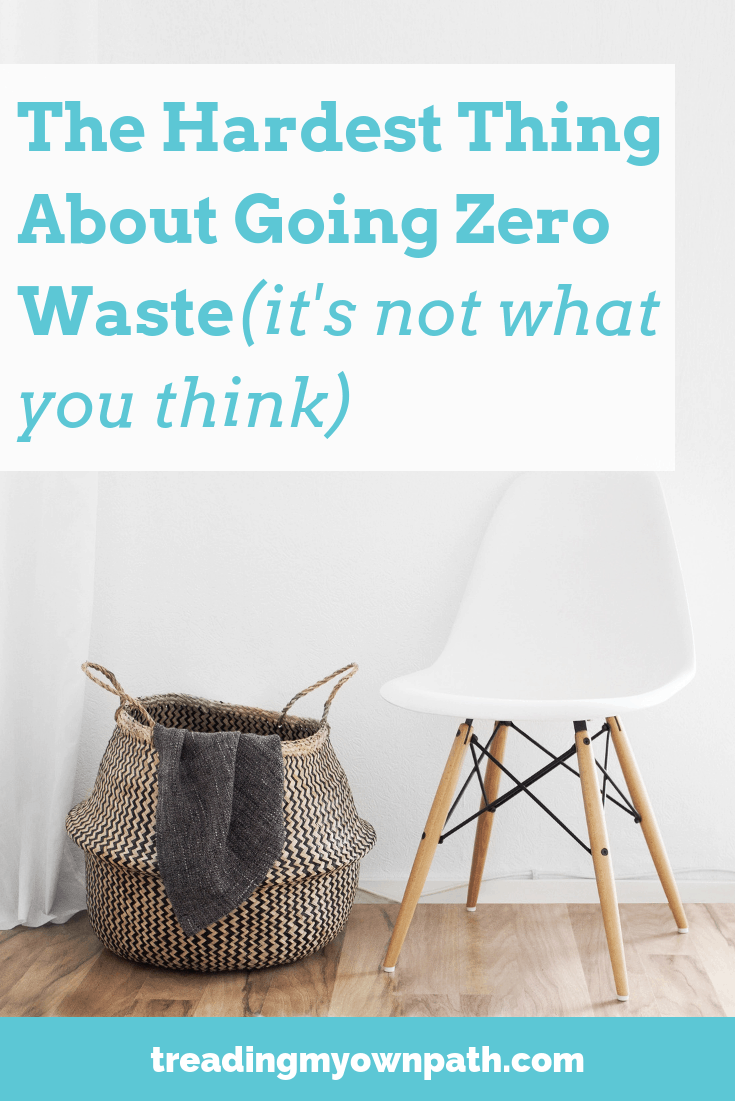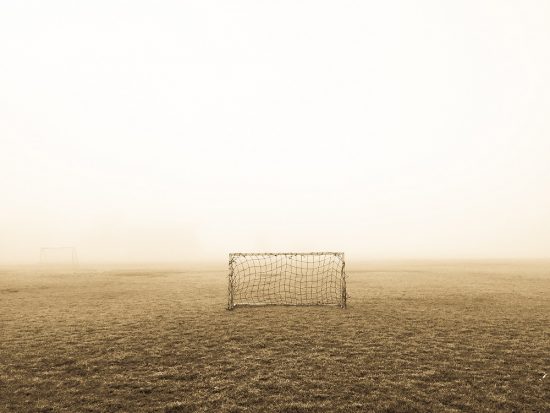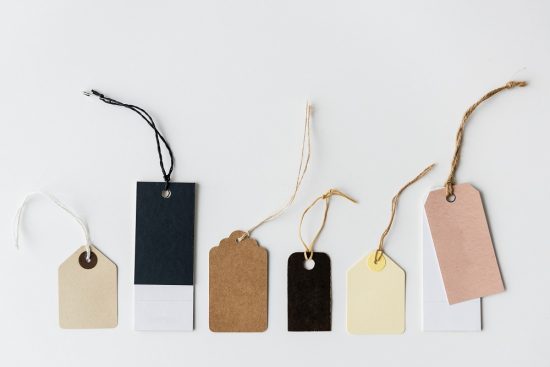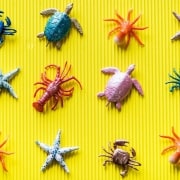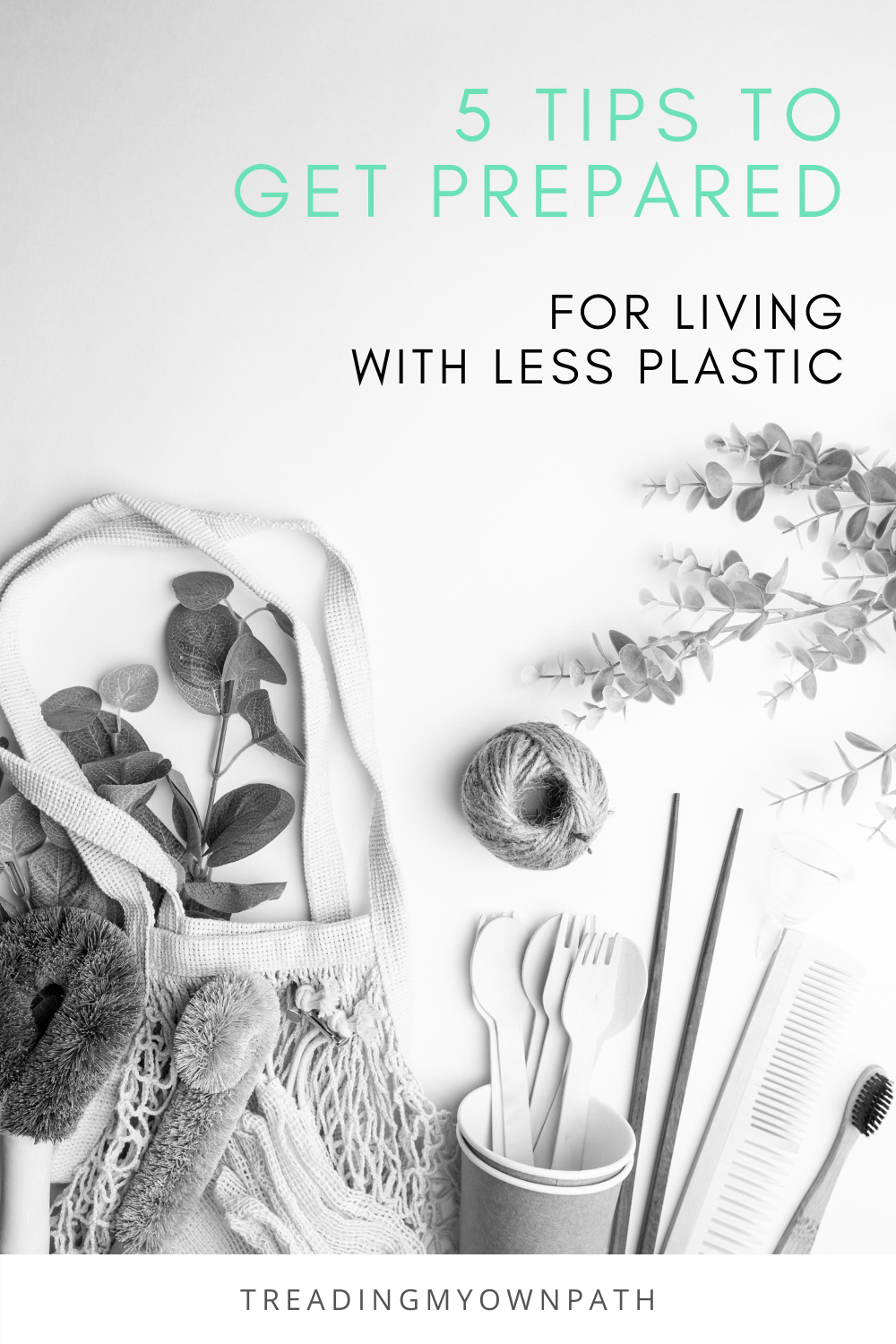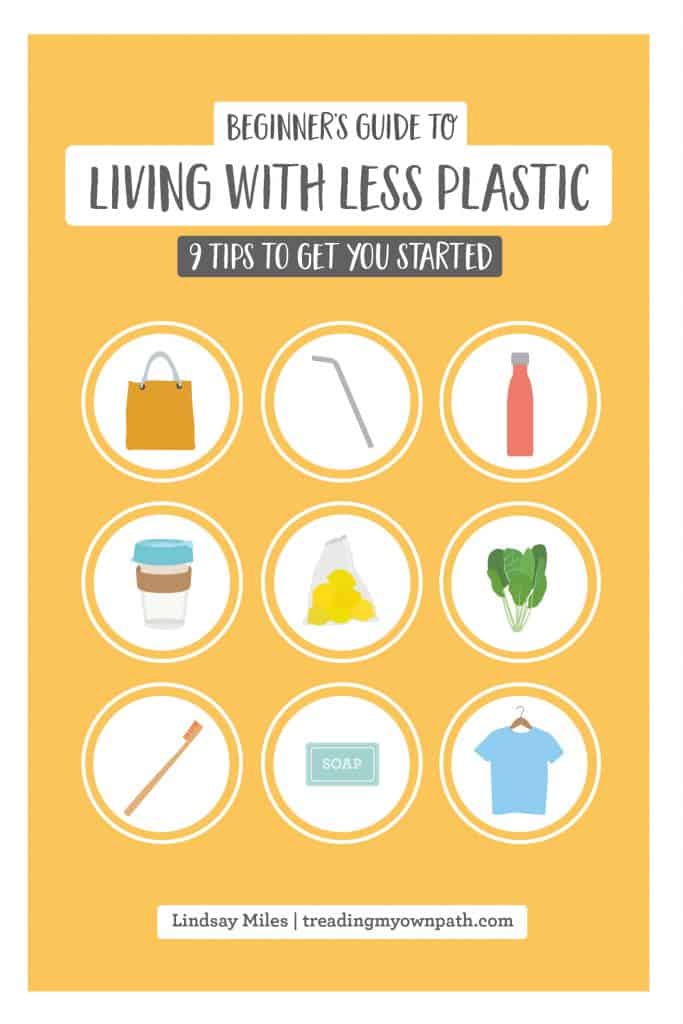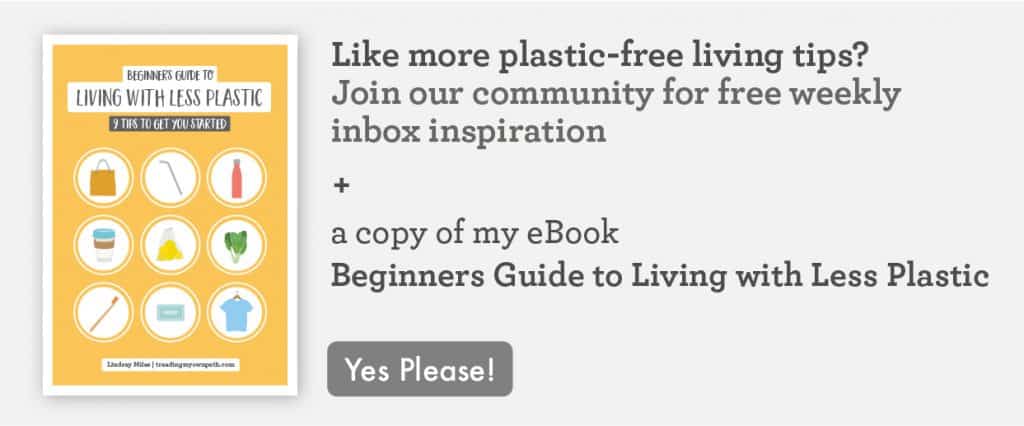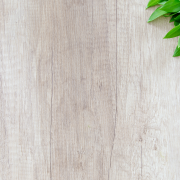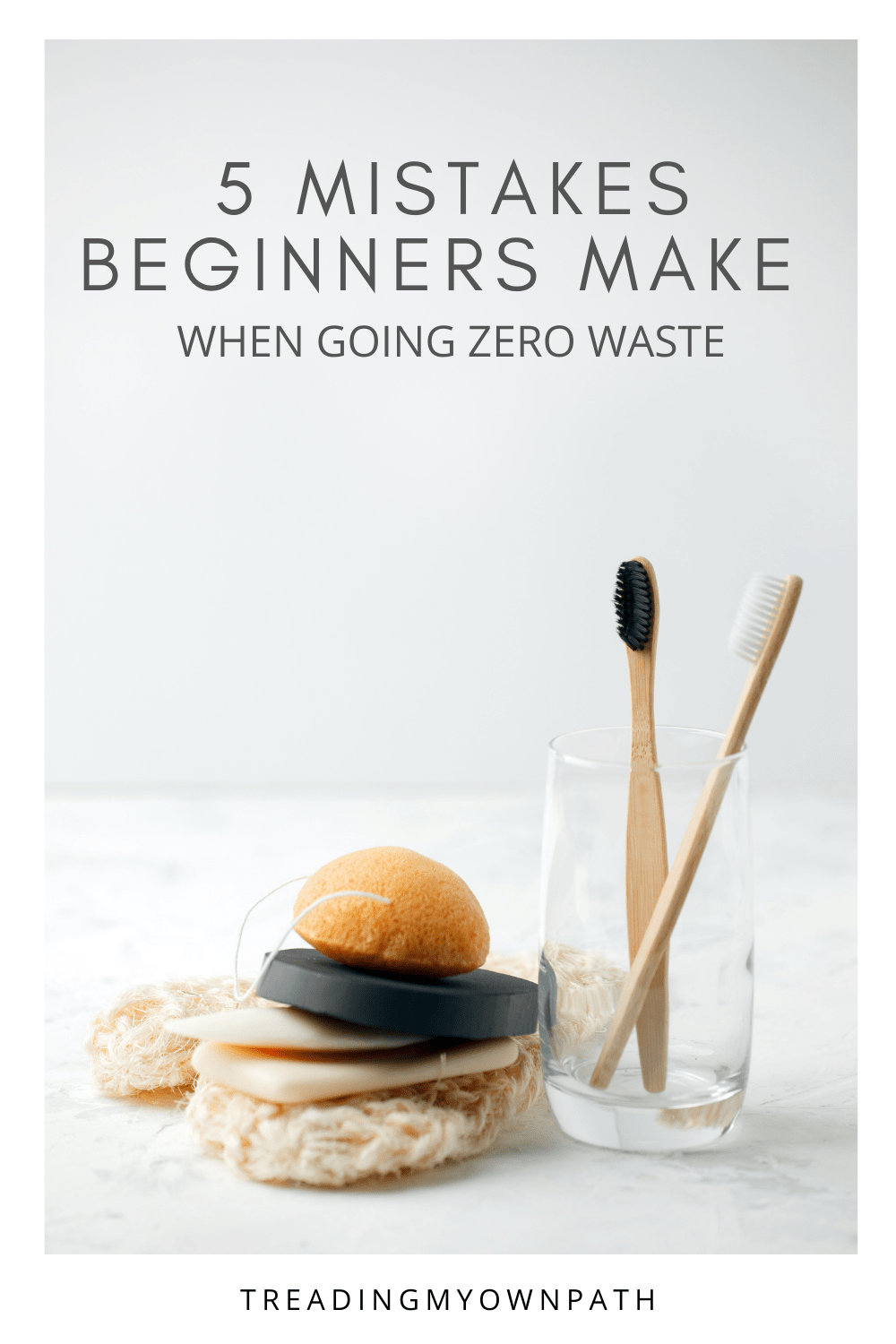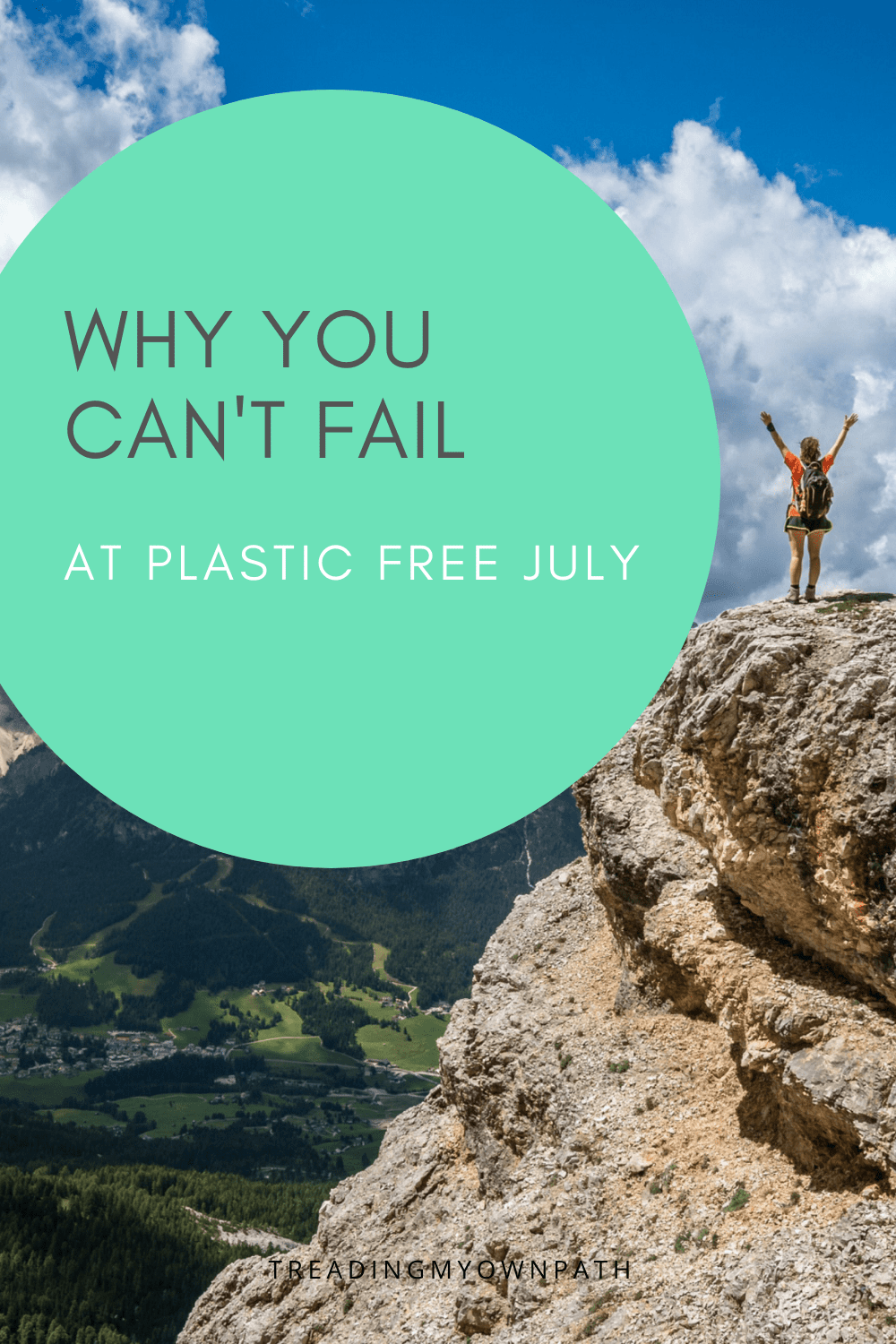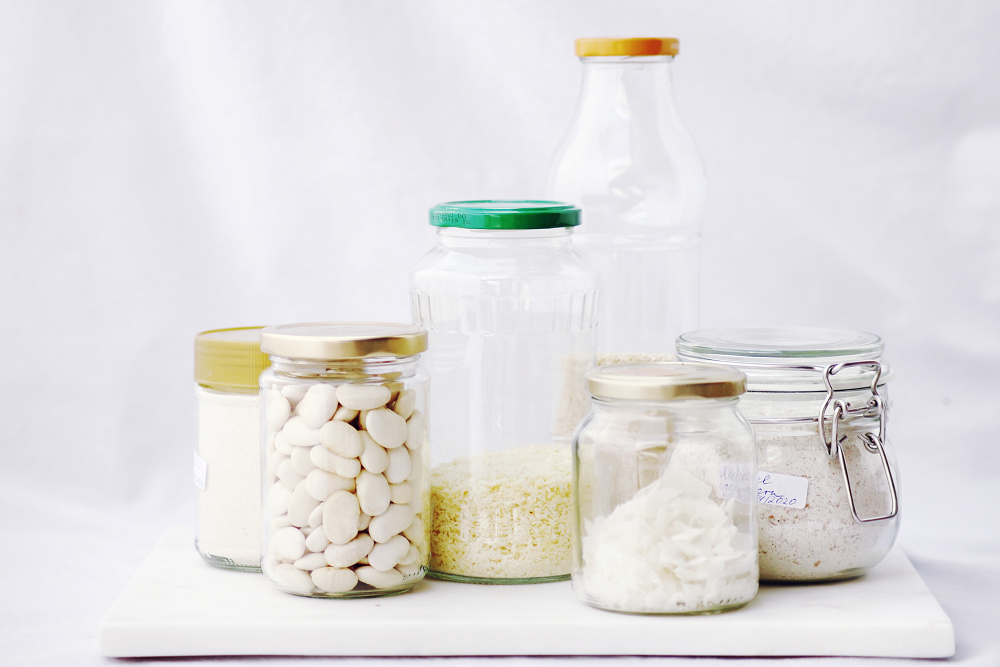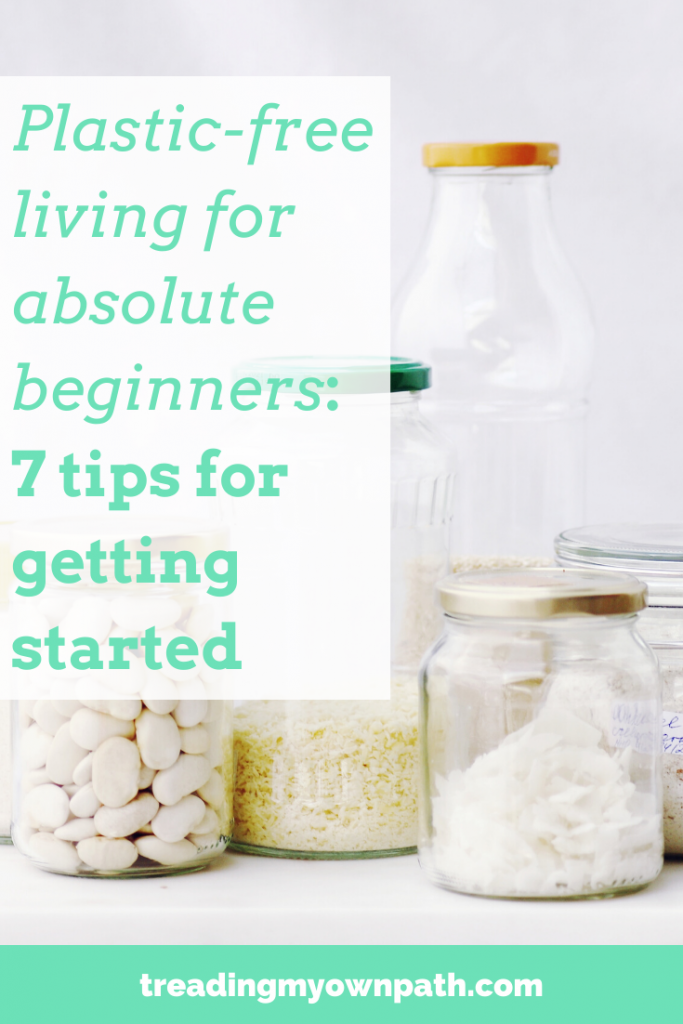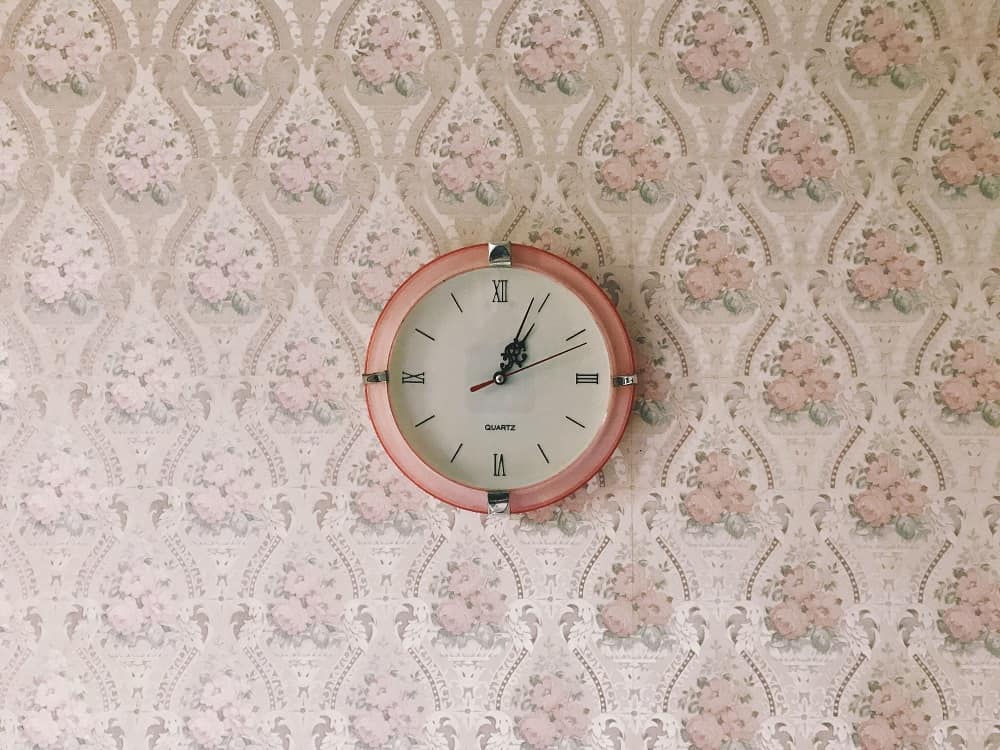6 Tips to Stop Impulse Buying
Living with less waste is very firmly linked to the buying of less stuff. The less we buy, the less resources we use, the less packaging we invite into our homes, the less storage we need (don’t forget, storage is stuff), and the less we end up recycling or landfilling down the track.
But it can be very hard to stop buying stuff. After all, everywhere we look, there are adverts or people persuading us that the thing they have is exactly what we need. Whether it’s on the TV, billboards, printed magazines or newspapers, social media feeds, internet banner ads or somewhere else, we are exposed to a lot of adverts.
And everything can be posted everywhere.
Not to mention, there is a lot of beautiful, useful stuff out there in the world.
With all this in mind, it is really not surprising that we keep buying stuff. But most of us have more than we need, and would rather decrease the clutter than add more to it.
If we want to live a low waste lifestyle, and save resources, we really need to buy less stuff.
But how?

Here’s 6 things I did to get out of the habit of impulse buying.
1. Unsubscribe from ALL Shop Email Lists (and anything else that is way too salesy)
I used to sign up to store mailing lists as they promised me discounts and to be the first to know about all their special offers. Turns out, pretty much everything is on offer pretty much all of the time. But by keeping their stuff in my face, they were wearing me down, and encouraging me to buy things I didn’t even know existed until I saw the ad.
I wasn’t saving money by being on these mailing lists, I was spending more.
The truth is, I know when the big sales are on. I don’t need the stores to tell me. Black Friday, Boxing Day, the end of the financial year. If I want something from these stores, I can go to their websites at these times to see if they have offers. They don’t need to come to me.
And if I forget? Well, that just means I didn’t really need anything in the first place.
As well as unsubscribing from store email lists, I also unfollow any businesses or people I feel were too salesy. I don’t block everyone who ever posts an ad (but you could!), I just weigh up the balance. If I enjoy the feed, find the content useful and don’t feel under pressure to buy or constantly exposed to “stuff”, I’m happy to stay following.
But as soon as the balance tips and I realise I’m just seeing a bunch of covert (or not!) ads, then I’m done.
2. Don’t Browse Catalogues or Websites Out Of Boredom
I remember a couple of years into my minimalism journey, receiving a catalogue from David Jones through the mailbox (for those outside Australia, David Jones is a fancy high-end department store). I flicked through it and saw all the purple kitchen accessories and nautical themed clothing, with cute anchor accessories and smart blue-and-white striped everything.
I didn’t own any of those things!
Immediately I felt inadequate, and a small voice in my brain started to tell me that I needed to own a blue nautical stripy jumper, and really, wasn’t it time to upgrade the kitchen spatula?
At the same time, my experience of minimalism told me this was absurd. Luckily I’d been on the less waste, less stuff journey for long enough that the stern, don’t be so ridiculous voice in my head was louder, and won out.
I put the catalogue in the recycling, and vowed never to flick through another catalogue again. (Oh, and I got a “No Advertising Material Accepted” for my mailbox. It works wonders.)
As someone on the less waste, less stuff journey I didn’t think I’d be tempted, but I was. The pull of these things can be pretty strong.
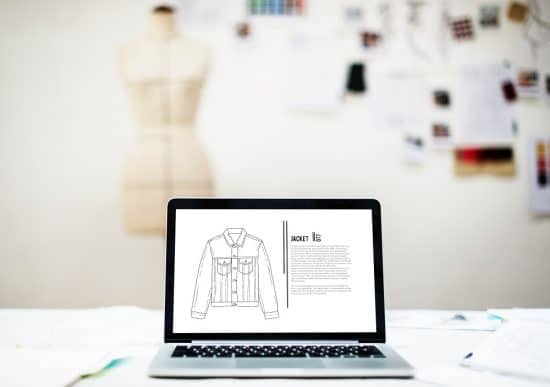
Don’t put yourself in temptation’s way. Don’t go to store websites unless there’s something you absolutely need. Don’t browse out of boredom. Don’t browse for “inspiration” – you’ll end up spending money you didn’t mean to.
Don’t open the shopping catalogues. (If they arrive in the mail, strikethrough your address and write “Not at this address, return to sender” on front, then mail it straight back where it came from.)
Instead, find another way to alleviate your boredom. Read a few pages from a book, go for a walk, play a game, message a friend, whip up some tasty treat in the kitchen.
The less we expose ourselves to “stuff”, the less tempted we are to buy stuff, and the less we buy.
3. Don’t Go To The Shops Without A Reason
If we are trying to stop buying stuff, browsing and window shopping are not reasons to go to the store. Unless there is something we need, and we have a list that we are prepared to stick to, we must resist the temptation to head to the shopping centre.
What you don’t see you won’t buy.
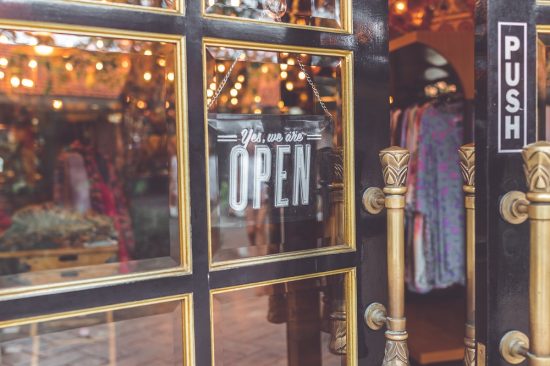
When it comes to writing lists, more specific is better. Rather than “a top for work”, think about what you really need. “A short-sleeved top, preferably green or blue, that will match the skirt and trousers I already own” is a much better instruction. Rather than “stuff for dinner”, look in the fridge and pantry, figure out what is already there and what would be most useful. “Potatoes, tomatoes and chickpeas” might allow you to use up what’s already in the fridge, and create less food waste.
If we are vague about what we need, we will end up with things we don’t need.
If friends want to meet at the shops, try to suggest meeting somewhere else. If that is not an option, consider opting out, especially if the purpose of the meeting is to go (window) shopping. There are plenty of fun things to do with friends that do not involve buying stuff. Try to steer future meetings away from the mall.
4. Learn the Difference between “Useful” and “Necessary”
So much stuff is beautiful, and so much stuff is useful – but that doesn’t mean we need to buy any of it (and definitely not all of it). Often we confuse “useful” with “necessary” when it comes to making purchases, and the two are very different.
The question isn’t “how will the item be used” so much as “how will I use it”? Or even, will I use it? Not once or twice, but consistently, regularly.
Stuff doesn’t just need to be useful. Stuff needs to be used.
Necessary can mean different things to different people. Good reasons include making our life easier, making us less stressed, saving a noticeable amount of time or anguish, providing entertainment, and helping keep the peace at home.
Here’s a few questions to ask to decide if something is actually necessary, or merely useful.
- Do I need it? I mean, do I really need it?
- How will I use it? Where will I use it? When will I use it? How often will I use it?
- Will it still be useful in three months time? Six months time? In a year?
- Is there anything else I already have that can do that job?
- How will it make my life better?
If in doubt, go without.
5. When You See Something You Want, Don’t Buy It – Let it Simmer
If you see something that you want, or even something that you think you need, resist the urge to make the purchase. For now.
Put down the purse, walk away, and let it simmer.
(Unless the item has been on your “I absolutely must purchase this if I ever see it because it is so inherently useful and necessary” list for at least 6 months – but I’m betting you don’t actually even have a list like this.)
See how you feel about the item later that day. See how you feel about it the next day. See how you feel about it in a week.
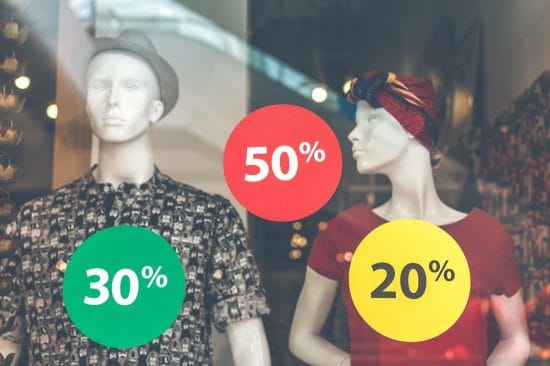
This is hard when there’s stuff in the sale, or on the “when it’s gone, it’s gone” rail, because marketers use scarcity to encourage us to buy stuff. We’re not sure if we want it, but if we don’t buy it, we might make a mistake! It might not be there tomorrow! Someone else might snaffle it instead!
But that’s not our brain doing a rational assessment of whether we really need or will use something. That’s our ‘fear of missing out’ talking. Since when was that guy in charge of our purchasing decisions?
In a week, if you are still adamant that you need and want the item, buy it. Worst case, you wait a week, decide you want the item, and it is gone. I’m betting that you’ll still be able to find the item somewhere else, or wait for it to appear second-hand online in no time.
Absolute absolute worst case, that doesn’t happen, and you miss out on the thing forever. The good news is, it is only a thing. There will be plenty more things that we want to buy over the course of our lives.
Life will go on.
6. Find a Way To “Reward” Yourself That Isn’t Shopping
If buying stuff is what you do when you’re bored, miserable, dejected or struggling with life, and you want to stop buying stuff, then you need to find a new way to make yourself feel better. Because trying to stop impulse buying, only to buy stuff as a means to soothe ourselves, is counter-intuitive. (It’s like going on a diet, and rewarding ourselves with chocolate cake. Tasty and satisfying in the moment, but it undoes all the good work.)

The good news is, there are plenty of other feel-good things to do. If you need cheering up, think of something that you enjoy that doesn’t involve shopping. Watch a movie or comedy show, bake a cake, stroll around the park, or make time for a cup of tea with some friends. Join an exercise class, learn a new language, or take up a new skill.
There are much more rewarding and enjoyable things to do than shop, and much better ways to use our money than buying “stuff”. Change doesn’t happen overnight, but each time we say no and resist the urge to open our wallet, we get a little closer.
Now I’d love to hear from you! Are you an impulse shopper? Did you used to be an impulse shopper? How did you learn to change? Is it something you’re currently trying to change? What are your biggest tips for not spending? Do you have any impulse shopping weaknesses? (Chocolate, hello!) Anything else you’d like to add? Please share your thoughts in the comments below!



